Description
This Daily Weather Record-Journal is a must-have for any weather unit. Practice writing the days of the week and cutting and pasting the daily weather conditions in this interactive 7-day weather tracker. With these engaging weather writing prompts that include sign language, students can start a weather journal that will keep them interested and wanting to learn more!
Daily Weather Record Journal Includes:
- 7-Day weather tracker
- Practice writing days of the week
- Cut & paste the daily weather
- Weather Journal Prompts for
- Windy Day
- Rainy Day
- Cloudy Day
- Snowy day
- Sunny Day
- Weather Sign Language
Weather Tracking Journal is perfect for:
- Morning meetings
- Independent work
- Writing centers
- Bell ringers
- and more!
3 Weather observation topic starters:
- Ask questions. “What should I wear outside?”
- Talk about senses. “Does rain feel hot or cold?”
- Share fun facts. “Crickets tell the temperature….”
Common Core
- CCSS.L.K.2 Demonstrate command of the conventions of standard English capitalization, punctuation, and spelling when writing.
- CCSS.W.K.2 Use a combination of drawing, dictating, and writing to compose informative/explanatory texts in which they name what they are writing about and supply some information about the topic.
- CCSS.W.K.7 Participate in shared research and writing projects (e.g., explore a number of books by a favorite author and express opinions about them).
- CCSS.K.CC.C.6 Identify whether the number of objects in one group is greater than, less than, or equal to the number of objects in another group, e.g., by using matching and counting strategies.
- NGSSK-ESS2-1 Use and share observations of local weather conditions to describe patterns over time. Examples of qualitative observations could include descriptions of the weather (such as sunny, cloudy, rainy, and warm); examples of quantitative observations could include numbers of sunny, windy, and rainy days in a month. Examples of patterns could include that it is usually cooler in the morning than in the afternoon and the number of sunny days versus cloudy days in different months. Assessment of quantitative observations limited to whole numbers and relative measures such as warmer/cooler.
5-Day Weather Challenge
Teach Weather in the Classroom the Fun Way with English and Sign Language. Wondering where to start? This five-part training provides step-by-step guidance and ASL PDF resources to help you succeed.
Learn more here! Weather in the Classroom
👉🏿 Additional Resources 👈🏻
Collect more Weather fun here.
ASL Boom™️ Cards here.
Sign Language Books on Amazon here.
Subscribe to our YouTube channel.
Sign Language in the Classroom: Quick Guide here.
Love this product? Explore Membership Options Here!

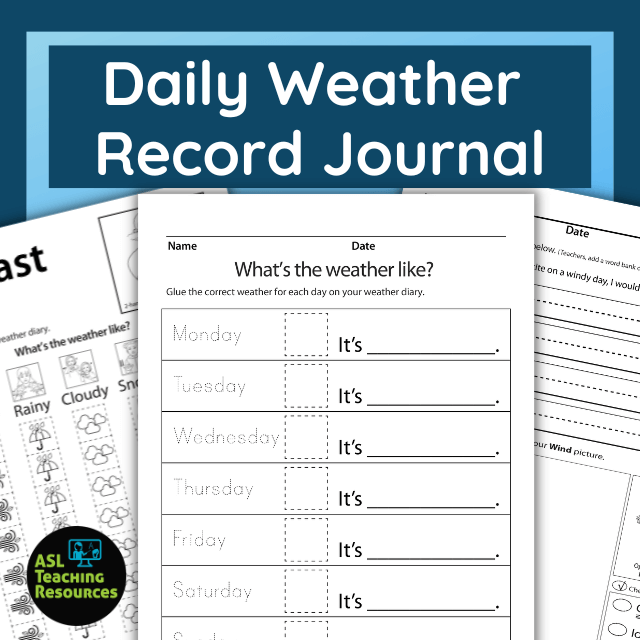
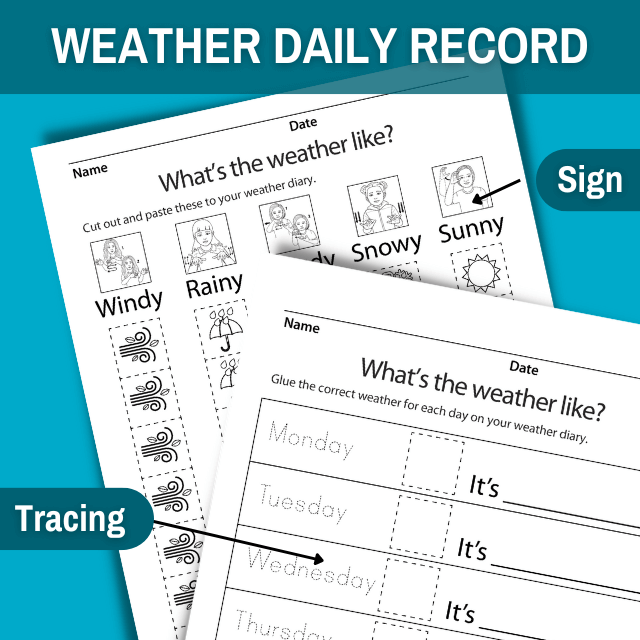
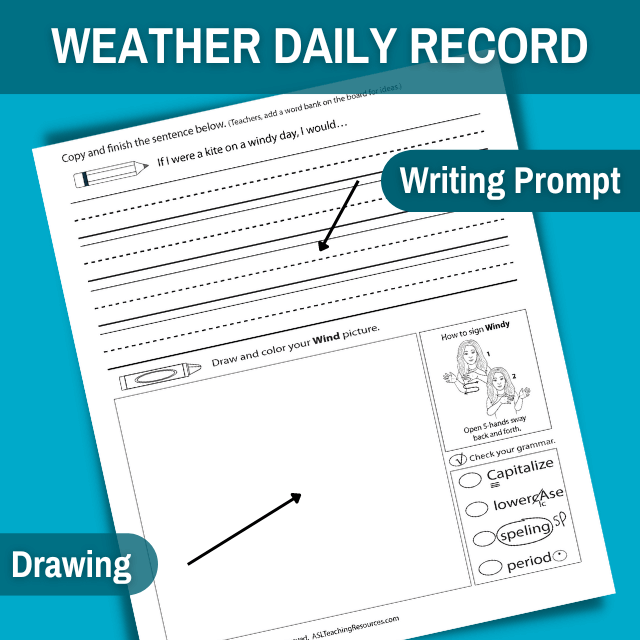
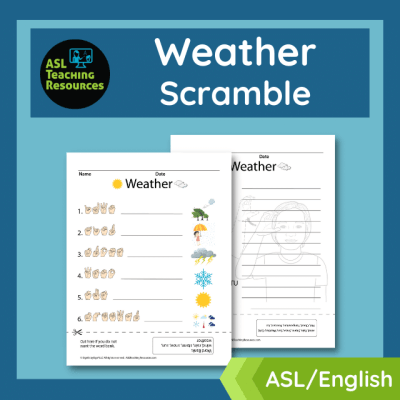
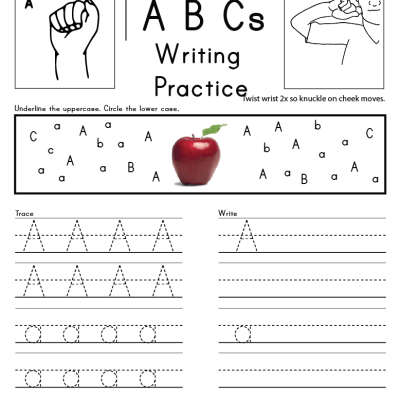
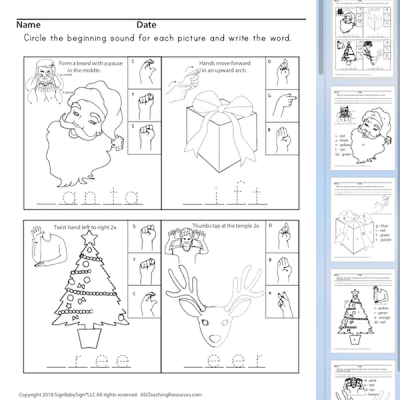
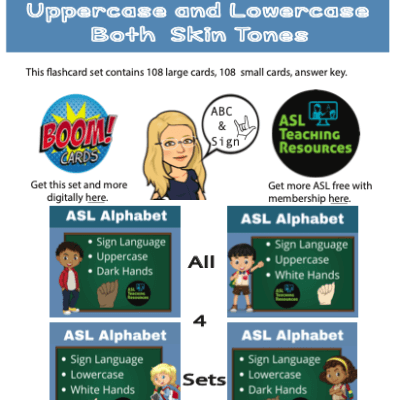
Reviews
There are no reviews yet.